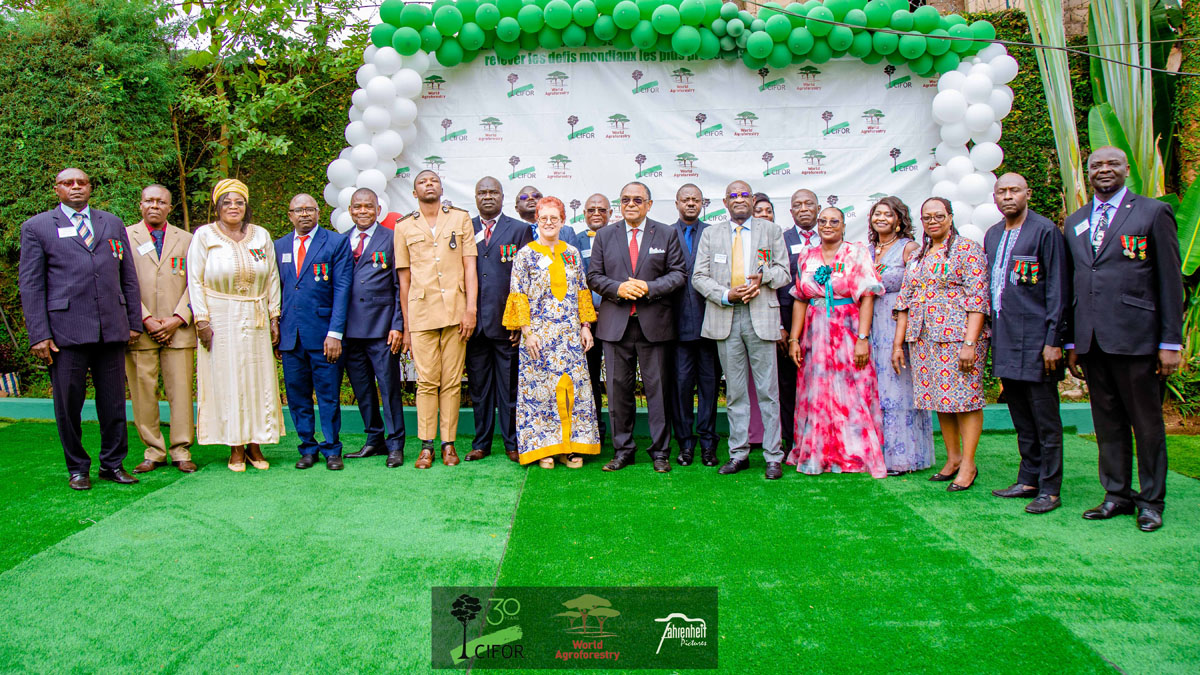Trees on farms are a widespread feature of landscapes across a large part of Ethiopia with an important role in enhancing the resilience of smallholder livelihoods through the provision of ecosystem services. Despite their importance, little is known about what trees are planted or retained from natural regeneration by different types of farmers that results in the pattern of tree cover found in the region. We address this knowledge gap through analysis of household survey data from semi-arid and sub humid areas of Oromia regional state. A set of composite variables that represent distinctive patterns of tree cover on farms were derived from principal component analysis and Pearson correlation analysis. This revealed two major tree adoption strategies: farmer managed natural regeneration (FMNR) of trees to meet subsistence needs as well as contributing to other ecosystem services; and, high value agroforestry (HVAF) involving planted trees used largely to produce fruits, timber and fodder. Regression analysis further identified fine-scale variation in ecological and socio-economic factors that affect which of these two broad strategies are adopted by farmers. Favorable climatic conditions coupled with institutional arrangements to control free grazing were pre-conditions for HVAF, whereas poor biophysical potential and sloping land provided a positive incentive for farmers to adopt FMNR. Farmers with preferences for tree species with multiple utilities and locational flexibility favored FMNR while adoption of HVAF was more asset-driven. Our findings reveal that farmers integrate many native and exotic tree species on their farms to meet their variable farm conditions, needs and asset profiles in stark contrast to most tree promotion efforts that focus on a few, usually exotic, tree species. We recommend that future agroforestry promotion should embrace a diversity of tree species appropriate to matching the fine scale variation in ecological conditions and farmer circumstances encountered in the field.
DOI:
https://doi.org/10.1007/s10457-016-9926-y
Altmetric score:
Dimensions Citation Count:

Publication year
2017
Authors
Iiyama, M.; Derero, A.; Kelemu, K.; Muthuri, C.; Kinuthia, R.; Ayenkulu, E.; Kiptot, E.; Hadgu, K.; Mowo, J.; Sinclair, F.L.
Language
English
Keywords
seeds, trees, semiarid zones, ecosystem services, soil quality, natural regeneration, soil
Geographic
Ethiopia























